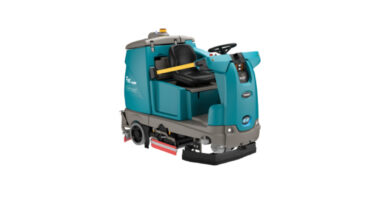Is JUST-IN-TIME dead?
The new parameters shaping up from 2020 regarding “just-in-time” model of supply chain efficiencies is upon us. Recent quotes from Ocean Carrier Executives are saying there is a new sheriff in town. We shall call this “just-in-case.”
Being domiciled in the Twin Cities, Minnesota, USA has the center of the USA ramifications. We are about 1650 miles (2700km) from Seattle and 1200 miles (1900 km) from Newark, NJ. If you want to connect to the Gulf of Mexico, 1230 miles (1975 km). From Shanghai the standard to move an inbound ocean container, has been 30 days (+/-) a few days depending on time of year, holidays and weather to Minneapolis or St Paul rail yard. Add congestion in the ports, congestion on the rail(s) and over booked dray agents…the supply chain is feeling pain. 30 days becomes up to 60 days for transit alone.
The “just-in-case” model is being sold to shippers as a logical addition to “just-in-time” as a way to protect your business. If a retail contract demands delivery in, for instance, 60 days from order to fulfillment…We now have a problem. These types of contracts have been written to provide a penalty to the supplier if product does not hit the shelves in time. So how is this fixed? Warehousing and onshoring/reshoring combined with adding multiple supply vendors/manufacturers.
Air Cargo has been the traditional safety net. Order a pallet or two to supplement the ocean “just-in-time” when a delay occurs. (Be prepared for sticker shock in a volatile market)
With lead times extending, local warehouse space is growing across North America. Figuring out the volume to build the just-in-case supply is a moving target.
Supply Chain Managers everywhere are counting the inventory turns on product and planning backstock to supplement the product flow. Traditionally one divides the cost of goods sold (COGS) by average inventory. A good turnover for most industries is 5 to 10 turns per year. Pallet space for contract rates may have to be reassessed if additional backstock is added to the mix.
Statistics floated from the blockage in the Suez Canal in March 2021 by the Vessel Ever Given, claim that the blockage stalled 10% of the world’s cargo. Well over 400 vessels had to wait to take their turn once the canal opened or chart an alternate route. Good business is to work tightly with your freight forwarder to communicate your needs. Even consult with the forwarder on transit times before you sign a time contingent contract. The “normal” that everyone keeps referencing may not return for a bit.
So, in conclusion, the just-in-time model is not dead. It makes sense though to look at the newest term in the marketplace just-in-case.




